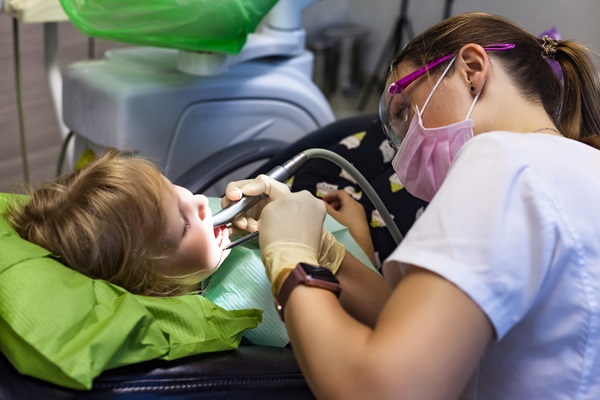Braces for Teens: What Are Your Options?

There are now more options than ever for teenagers to reliably and quickly straighten their teeth. Whether you simply want the best results or strongly desire a more discreet treatment, there is an option for you.
What are the different types of braces for teens?
Here, we discuss the various types of braces for teens, highlighting the differences between each and when one may be a better option than another. Patients should also speak with a dental professional to make the most informed treatment decision. The most popular types of braces for teens are metal braces, ceramic braces, lingual braces, and clear aligners.
Metal braces: The popular choice
Metal braces, also called traditional braces, are trusted options that have been around for decades. They are what most people think about when they hear the term, “braces treatment.” They involve the use of metal brackets and wires.
The metal brackets attach to each tooth. A metal wire is then put through the brackets and tightened by the dentist. Over time, the brackets and wires shift teeth into optimal positions. As teeth shift, they are tightened by the dentist on follow-up visits until the patient achieves an ideal alignment. Metal braces are ideal for teens with mild and severe misalignments.
Ceramic braces: A more discreet option
Ceramic braces are similar to metal braces in that they use brackets and wires in the same way. However, the difference is that the brackets are a tooth-colored ceramic color. This helps them blend in with the natural shade of the teeth, making them a more subtle option. Getting ceramic braces is an ideal solution for teens who may otherwise feel insecure or self-conscious about how their smile would look with metal braces.
Lingual braces: A unique alternative to traditional braces
Lingual braces work similarly to metal and ceramic braces. However, rather than attaching to the front, visible surfaces of teeth, they attach to the backs of the teeth. This enables the patient to maintain a natural smile. In fact, other people are not likely to notice that they are even wearing braces at all. However, this is a more complex treatment for dentists, and subsequently, they may cost more than alternative options.
Clear aligners: A discreet option for less severe misalignments
Clear aligners are an alternative to braces. For those who are eligible for clear aligners, they are an ideal choice. These transparent plastic trays are placed over the teeth, and they slowly pull and push the teeth into the optimal alignment. However, they are not as well-suited to treating severe misalignments as traditional braces.
We offer braces treatment for patients of all ages
Here at our orthodontic practice, we specialize in braces for teens. If your teen (or you!) are in need of a straighter smile and improved oral health through teeth alignment treatment, then please do contact us today to schedule a consultation visit.
Request an appointment here: https://www.starkidsdental.com or call Star Kids Dental & Orthodontics at (818) 483-9064 for an appointment in our Burbank office.
Check out what others are saying about our services on Yelp: Read our Yelp reviews.
Recent Posts
Looking for more information on children’s dental care? Good idea. This information is especially beneficial for new parents, as they need to fully understand the dental care requirements recommended by dental professionals. There are dental guidelines in place that listWanting more insight on children’s dental care? When children are sitting in a dental chair, there…
When it comes to your child's dental health, the first visit to a pediatric dentist is a significant milestone. It sets the foundation for a lifetime of healthy oral hygiene habits and helps alleviate any anxiety your child may have about visiting the dentist. If you're searching for a "pediatric dentist near me," it's important…
Protecting the surface of teeth is essential in early development, which is why dental sealants are important. According to the American Academy of Pediatric Dentistry (AAPD), 80% to 90% of cavities found in adolescents occur on the chewing surface of permanent teeth. Many of these cavities are located on the back teeth, or molars. Commonly…
Does your child need a baby root canal? Read on to learn more about this restoration. Pediatric dentists typically prioritize prevention, mostly to avoid procedures like a baby root canal. However, sometimes, a root canal can be suggested when a primary tooth is severely damaged. For parents, this might be surprising. Since the baby's teeth…


